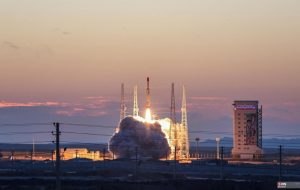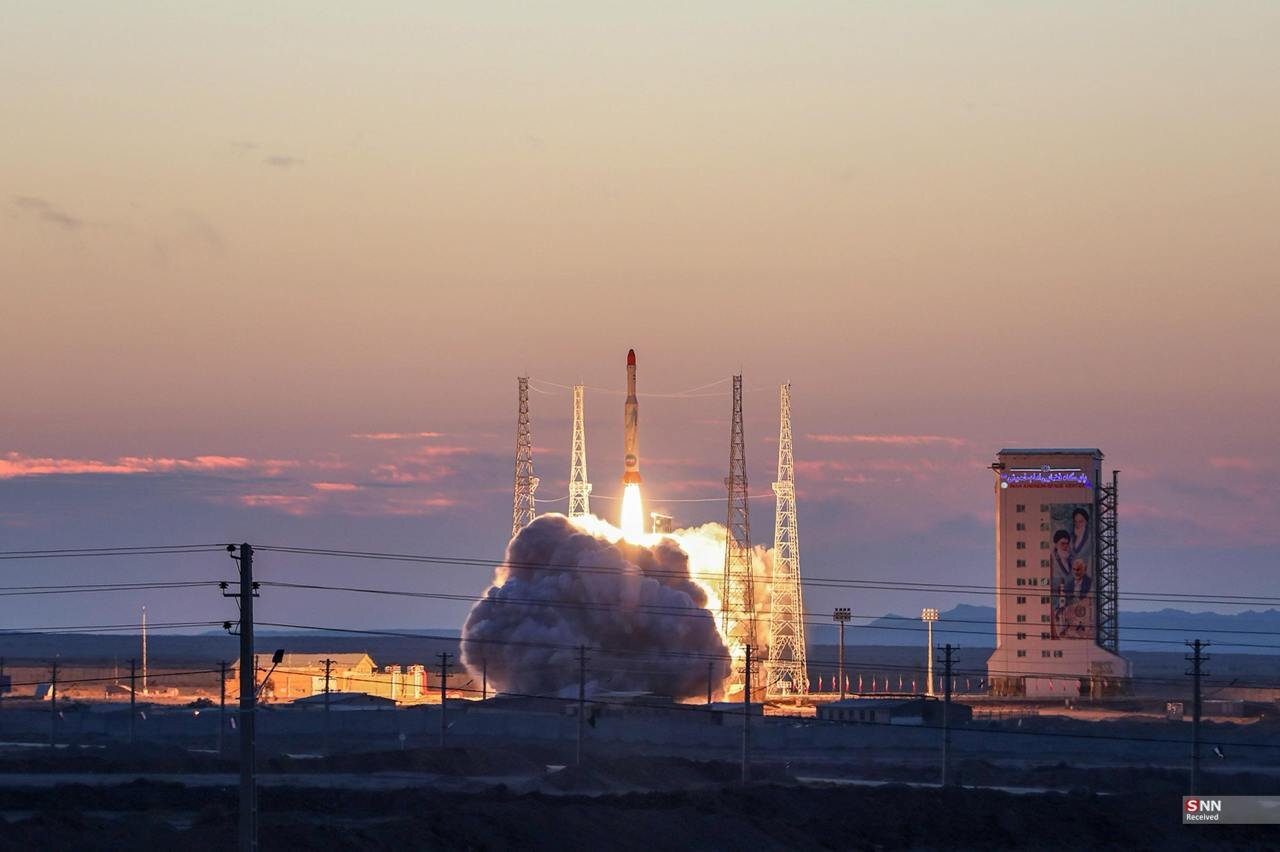Iran debuts first homegrown space tug, breaking payload lift-off record
TEHRAN – Marking a momentous leap in its space endeavors, Iran successfully launched its heaviest-ever payload into space early Friday using the homegrown Simorgh satellite launch vehicle (SLV). This milestone includes the deployment of an advanced module designed to transfer satellites to higher orbits. The mission featured the Saman-1 orbital transfer unit (OTU) and the


TEHRAN – Marking a momentous leap in its space endeavors, Iran successfully launched its heaviest-ever payload into space early Friday using the homegrown Simorgh satellite launch vehicle (SLV).
This milestone includes the deployment of an advanced module designed to transfer satellites to higher orbits.
The mission featured the Saman-1 orbital transfer unit (OTU) and the Fakhr-1 nanosatellite, setting a new national record for payload capacity.
The launch occurred at the Imam Khomeini Space Launch Terminal in southeast Semnan, where the Simorgh rocket, a two-stage liquid-fueled launcher developed by the Ministry of Defense and Armed Forces Logistics, carried approximately 300 kilograms of payloads, including the Saman-1, Fakhr-1, and a CubeSat, into an elliptical orbit with an apogee of 410 kilometers and a perigee of 300 kilometers.
Developed by the Iranian Space Research Center (ISRC), the Saman-1 OTU aims to elevate satellites to higher orbits, thereby reducing costs and the dependency on larger, fuel-intensive launch vehicles.
This mission represents a crucial step in advancing Iran’s space technology, facilitating more efficient satellite deployment.
The Fakhr-1 nanosatellite, a 3U unit weighing under 10 kilograms, was developed by experts from the Ministry of Defense’s Iran Electronics Industries, in collaboration with the Iranian Army and Malek Ashtar University of Technology.
Named in honor of Dr. Mohsen Fakhrizadeh, the satellite’s mission is to validate key technologies essential for CubeSat constellations, which utilize cutting-edge technology to provide unique services from low Earth orbit.
Upon achieving orbit, Fakhr-1 transmitted its initial signals to ground stations, confirming its stabilization and operational status. It features indigenously developed subsystems, including a central computer, power management, radio communications, and flight dynamics, highlighting Iran’s technological prowess.
The Simorgh rocket achieved an impressive injection speed of 7,754 meters per second, reinforcing its status as Iran’s sole launcher capable of placing such payloads into low Earth orbit (LEO).
Recent satellite launches indicate that Iran is working to improve its imaging and electromagnetic spectrum monitoring capabilities for future missions, aiming to enhance its position in satellite development and launch technology.
Earlier this year, Iran launched three satellites simultaneously using the Simorgh rocket, achieving new heights in its satellite deployment capabilities. Additionally, in September, the Chamran-1 research satellite was placed into a 550-kilometer orbit using the Qaem-100 satellite carrier, further demonstrating Iran’s growing expertise in space technology.
